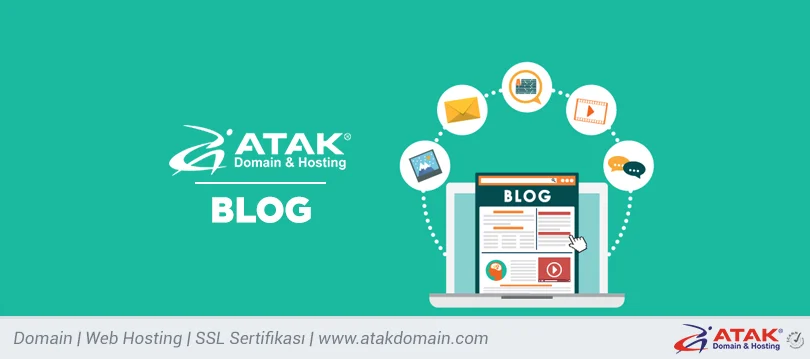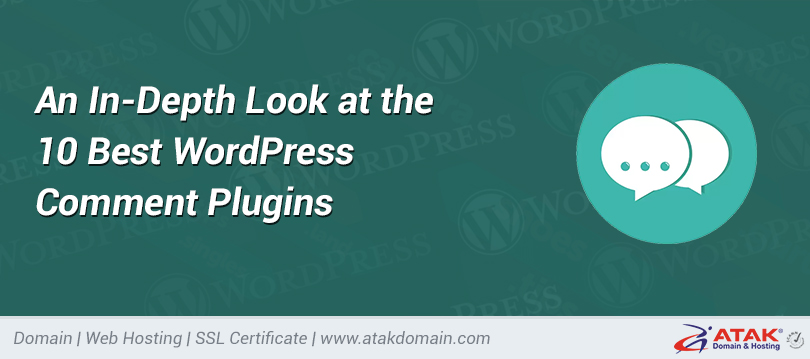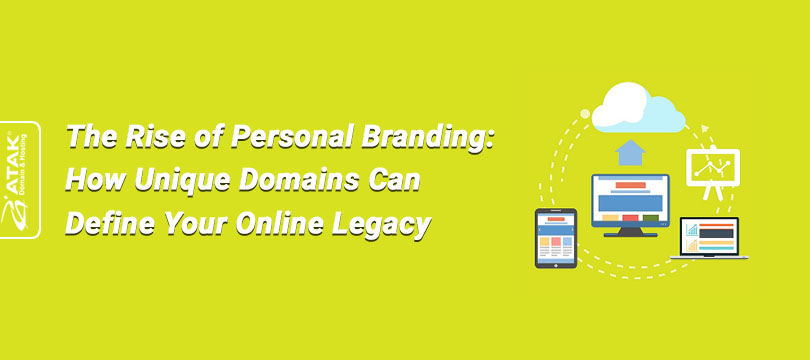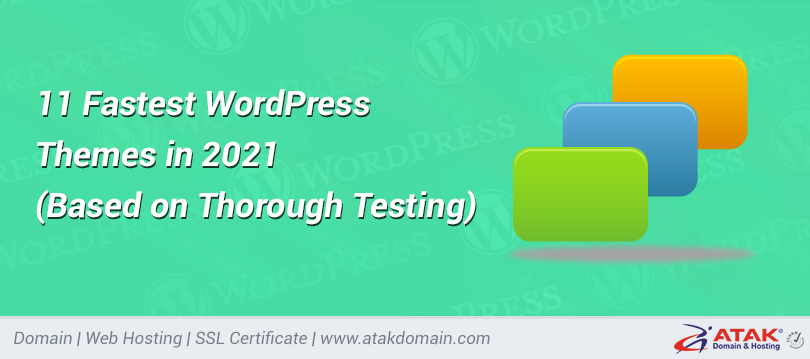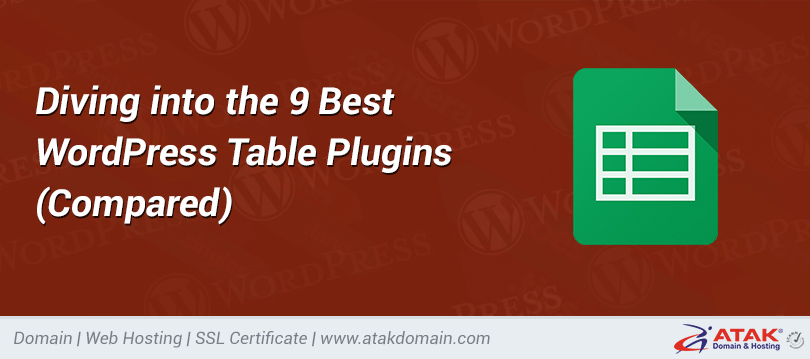
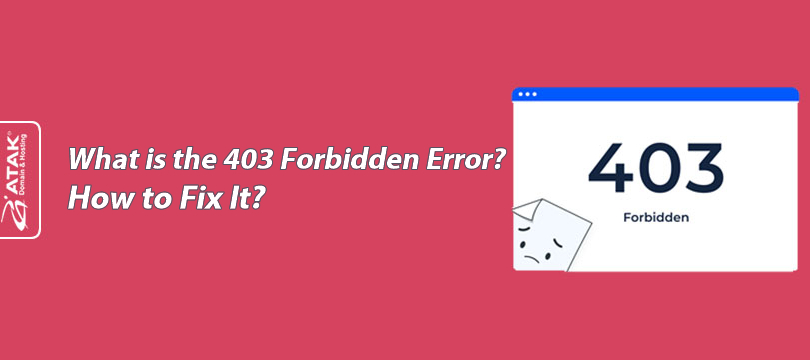
What is the 403 Forbidden Error? How to Fix It?
The 403 forbidden error is just one of the most common problems people encounter while browsing the internet. So, you might be wondering what this problem means and how to fix it.
The 403 forbidden error is a status code indicating that the server understood the request but refused authorization. It occurs when we attempt to access a page and prohibits viewing that resource. If these types of the 403 errors are not fixed as soon as possible, you could lose many potential customers.
What is the 403 Forbidden Error?
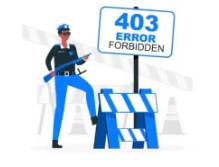 The 403 forbidden error is an HTTP status code that occurs when a server receives a request from a client (usually a web browser), but the server refuses to fulfill the request due to a lack of proper authentication or authorization. This error indicates that the client lacks the necessary permissions to access the requested resource. Web servers often use this to prevent unauthorized access to sensitive information or resources.
The 403 forbidden error is an HTTP status code that occurs when a server receives a request from a client (usually a web browser), but the server refuses to fulfill the request due to a lack of proper authentication or authorization. This error indicates that the client lacks the necessary permissions to access the requested resource. Web servers often use this to prevent unauthorized access to sensitive information or resources.
A "403 Forbidden" response can occur when a user attempts to access a web page, file, or directory that requires special privileges.
This includes attempting to enter a restricted area of a website without the correct credentials or accessing a file protected from public viewing. To resolve this error, the user must authenticate, typically by logging in with valid credentials or obtaining the necessary authorization from the server administrators.
Causes of the 403 Forbidden Error
The HTTP 403 forbidden error is typically caused by user-side access misconfigurations and provides an opportunity for users to independently address the issue. These errors stem from permission settings on files or folders that define who can read, write, and execute them.
There are two possible scenarios here: the site owner has intentionally restricted your access, or they have set permissions incorrectly. Another possible source of the problem could be corrupted .htaccess file parameters due to user changes. Fortunately, this issue can be easily resolved by creating a new server configuration file.
Beyond these basic causes, some other possible causes of the error include:
The website's primary page may not be index.html or index.php.
The 403 error can be triggered by a WordPress plugin being misconfigured or conflicting with another plugin.
A domain name is linked to an old or incorrect IP address that hosts a site that blocks your access.
A malware attack can permanently corrupt the .htaccess file, requiring malware removal before the file can be restored.
Changes to a web page's link by the site administrator can make the link inconsistent with the cached version.
A website owner can change a page's web address, causing it to differ from the registered version.
Ultimately, understanding the details of the 403 Forbidden error is invaluable for website owners and users. It can be caused by permissions issues, configuration errors, or external factors like VPNs. Addressing this issue requires a systematic approach. A clear understanding of this issue will allow you to resolve it and ensure seamless online experiences.
Can a Firewall Cause the 403 Forbidden Error?
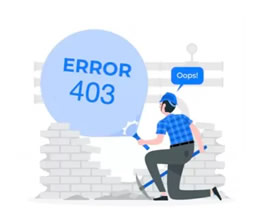 A firewall can be defined as a device or software that denies or allows network traffic according to security measures. The primary purpose of a firewall is to protect a network from unauthorized access or cyberattacks.
A firewall can be defined as a device or software that denies or allows network traffic according to security measures. The primary purpose of a firewall is to protect a network from unauthorized access or cyberattacks.
There are many different types under the firewall umbrella, including packet filtering, stateful inspection, proxy, and next-generation firewalls. Firewalls are crucial for protecting website data and systems, as well as preventing virus attacks that threaten your devices or files. This is achieved by monitoring and filtering network traffic according to security rules.
Regarding the 403 forbidden error, a firewall can cause this if it decides to block access to the website. If the firewall detects any security breach, including malware, it will prompt the 403 error code.
In most cases, clearing your cache can resolve the issue. However, if clearing your cache still does not resolve the issue, there may be an underlying issue between the web server and your firewall that is causing the 404 error code. If you have visited the webpage before and know you can trust it, there's always the option to disable your firewall and reload the page to see if it works.
How to Fix the 403 Forbidden Error?
The following list shows the most important and practical ways to resolve a 403 forbidden error message:
1. Renew the page and verify the URL.
Sometimes, simple solutions can effectively solve complex problems. Try simply refreshing the page you are having trouble accessing. This may resolve the 403 error.
Additionally, it is recommended to double-check the validity of the URL. If you are trying to access a directory rather than a web page, you're likely to encounter a 403 error (for example, www.example.com/folder/2023/08/).
2. Check if hotlinking protection is configured incorrectly.
Hotlinking occurs when someone adds an image to their website, but the link redirects to someone else's site. To prevent this, some people set up "hotlink protection" with their CDN or hosting provider.
Effective hotlink protection usually generates a standard 403 Forbidden. If you encounter an unwarranted 403 error, ensure your hotlink protection is configured correctly.
3. Disconnect from your VPN.
Some websites restrict access for VPN users, which may explain why you're encountering a 403 error message.
To verify this, disconnect from your VPN and try accessing the site using an alternative method. Alternatively, consider switching to a different server within your VPN service.
4. Use the Sitechecker website crawler.
The Sitechecker website SEO crawler provides a comprehensive SEO audit report, customized for your website, and includes a variety of tools. These tools include a website crawler, site monitoring tool, rank tracker, and more.
Regularly checking your pages for 403 forbidden errors is crucial, and Sitechecker helps you with this. It not only detects 403 errors but also identifies various other types of errors on your website.
5. Remove WordPress plugins
In this step, you need to disable all WordPress plugins at once. This includes all your plugins, including your security plugins.
After disabling WordPress plugins, return to your website and reload the page. If your website loads fine, this means the problem is caused by WordPress plugins.
Now, you can enable all plugins and then disable them one by one, so you will finally identify the plugin causing the problem.
6. Fix the faulty .htaccess file
The 403 forbidden error can be caused by a faulty .htaccess file, or the user may have made some changes to the .htaccess file, which corrupts the .htaccess file and can affect the website.
Therefore, to fix this faulty .htaccess file, you need to edit the .htaccess file in edit mode and replace the corrupted file with the original file.
Steps to replace the .htaccess file:
First, log in to your cPanel.
Now go to the Files section and then click File Manager.
Select the .htaccess file and open it in edit mode.
Now, you need to replace the contents of your .htaccess file with the contents of the original .htaccess file and then click the "Save Changes" button in the upper-right corner.
7. Fix Incorrect File Permissions
If the solutions above didn't resolve the 403 Forbidden error, incorrect file permissions are likely causing the 403 Forbidden error.
Files stored on your website have file permissions, and these file permissions determine who can access the webpage. All files and folders have different file permissions.
All files stored on your website have a file permission of 644.
All folders stored on your website have a file permission of 755.
If file permissions are incorrect, the web server will not allow the user to access the webpage and will consider the user to be unauthorized.
If file permissions are incorrect, change the file permissions described above.
After changing all file and folder permissions, click "OK" to save the file permissions.
8. Contact your hosting provider
If the solutions above do not resolve your issue, contact your hosting provider. They will likely be able to help you diagnose the issue and restore your access.
Reliable hosting providers like Atak Domain provide best-in-class customer support, offering 24/7 customer support via email, chat, and phone.
Frequently Asked Questions
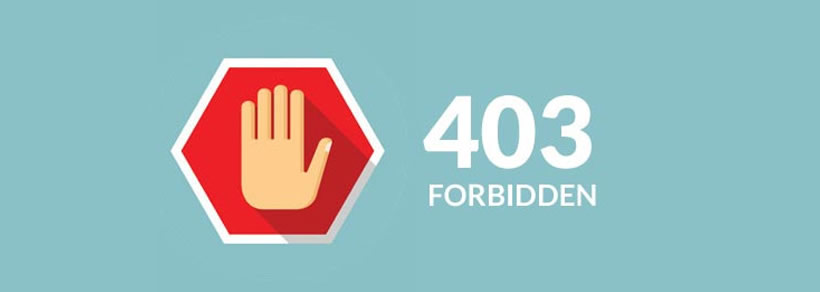
1. What does the 403 Forbidden error mean?
A 403 Forbidden error message indicates that the server was unable to grant authorization for a specific user request and is blocking access to the requested resource. This error is typically accompanied by a message indicating that the user lacks the necessary permissions to view the content.
2. What causes the 403 Forbidden error?
Malfunctioning security plugins, incorrect file permissions, or a corrupt .htaccess file can cause a 403 Forbidden error. The error message indicates that the server is denying access to the requested resource due to a lack of authorization or a configuration issue.
3. Is receiving the 403 Forbidden error message bad?
A 403 Forbidden error message does not necessarily indicate a harmful situation for your website. It indicates an authorization issue that prevents you from accessing certain files or pages on your site. It is the result of insufficient permissions or configuration issues; it's not necessarily a serious problem with your website's functionality.
4. Can the "403 Forbidden" error be caused by malware or viruses?
While the "403 Forbidden" error itself is not directly caused by malware or viruses, it can be a result of website security measures implemented to protect against them. Websites may restrict access to certain resources to prevent unauthorized access or malicious activity.
Categories
- Domain Guide & Registration Process
- Email Services & Setup Instructions
- Step-by-Step How-To Guides
- Insights & Articles from the Tech World
- Server Management & Performance Tips
- Software Development & Coding Resources
- SSL Certificate Guide for Secure Websites
- Choosing the Best Hosting & Optimization Tips
- Key IT Terms & Their Definitions
- SQL Database Management & Queries
- WordPress Setup & Optimization Strategies



